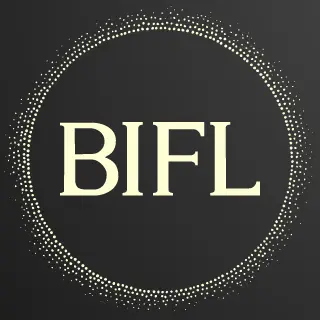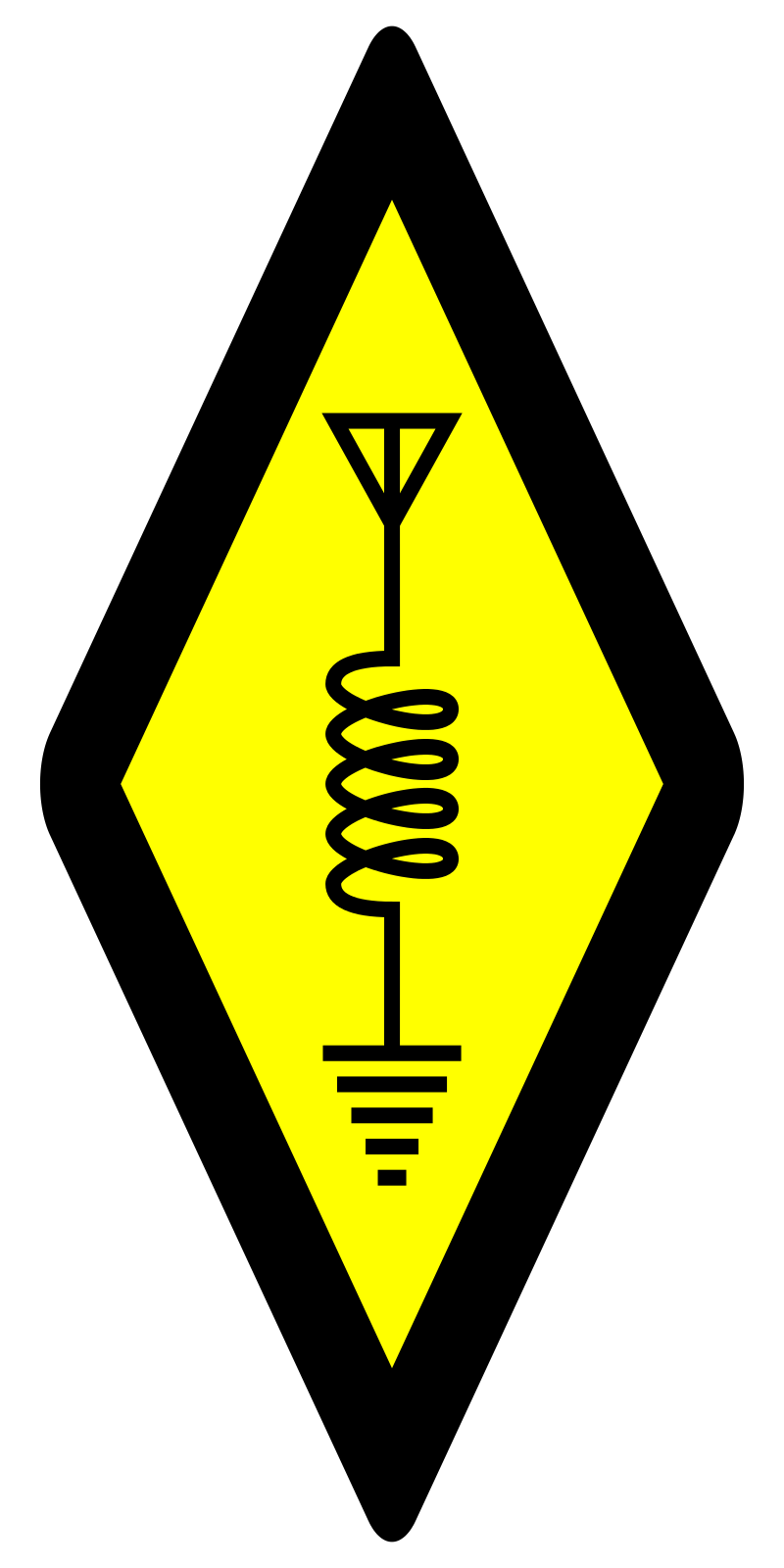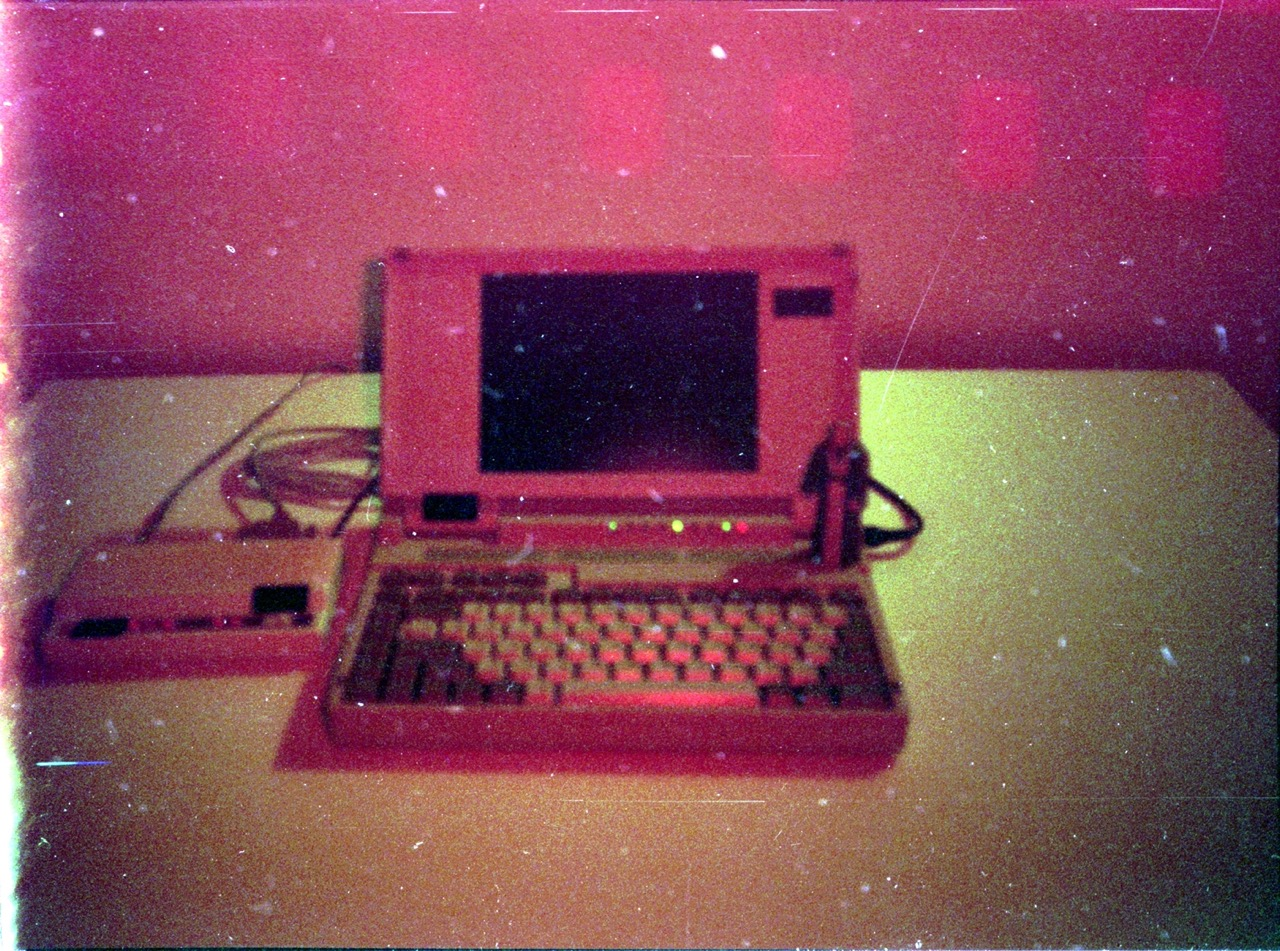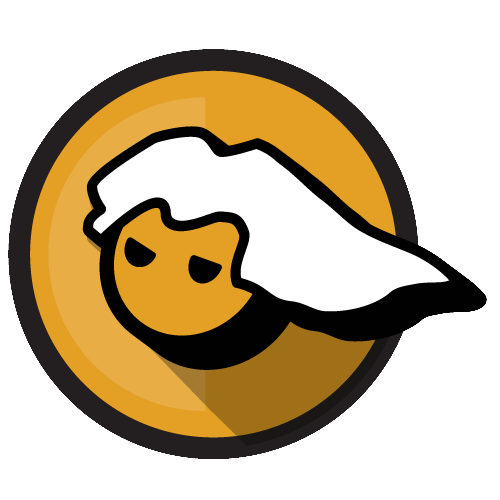

This is big “if we break your old toys, you’ll HAVE to play with the new ones” energy.
Tell me when they port FVWM. Seriously. FvwmButtons-- a pretty trivial dock except it can swallow other windows-- seems like it would be out-of-bounds on Wayland unless it was owned by the compositor itself to access the other windows. I don’t see any of the new taskbar-tools used with Wayland compositors offering similar functionality (I could be wrong) and that seems an amazing loss of feature parity.

















At this point Void feels like Slackware for the 21st century. It’s comprehensive and less full of “modern linux” hairballs than some others, but they seem pretty good on package updates. I like it being non-systemd as a first class thing rather than trying to backport it on an uncooperative parent distro.